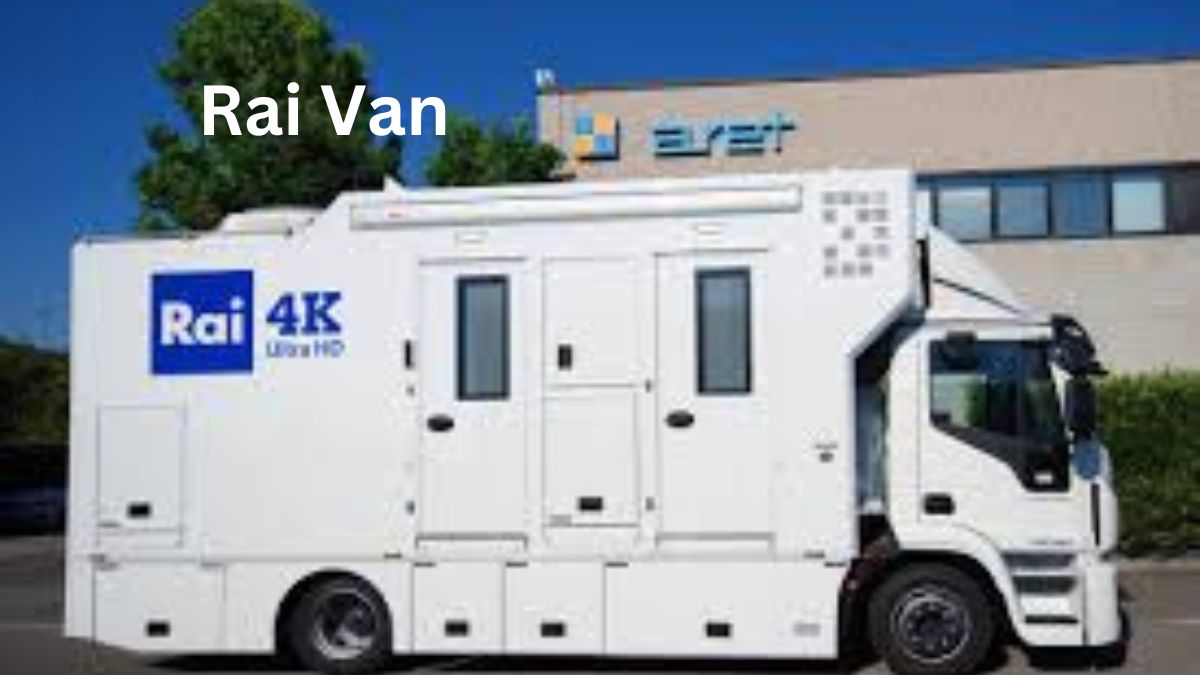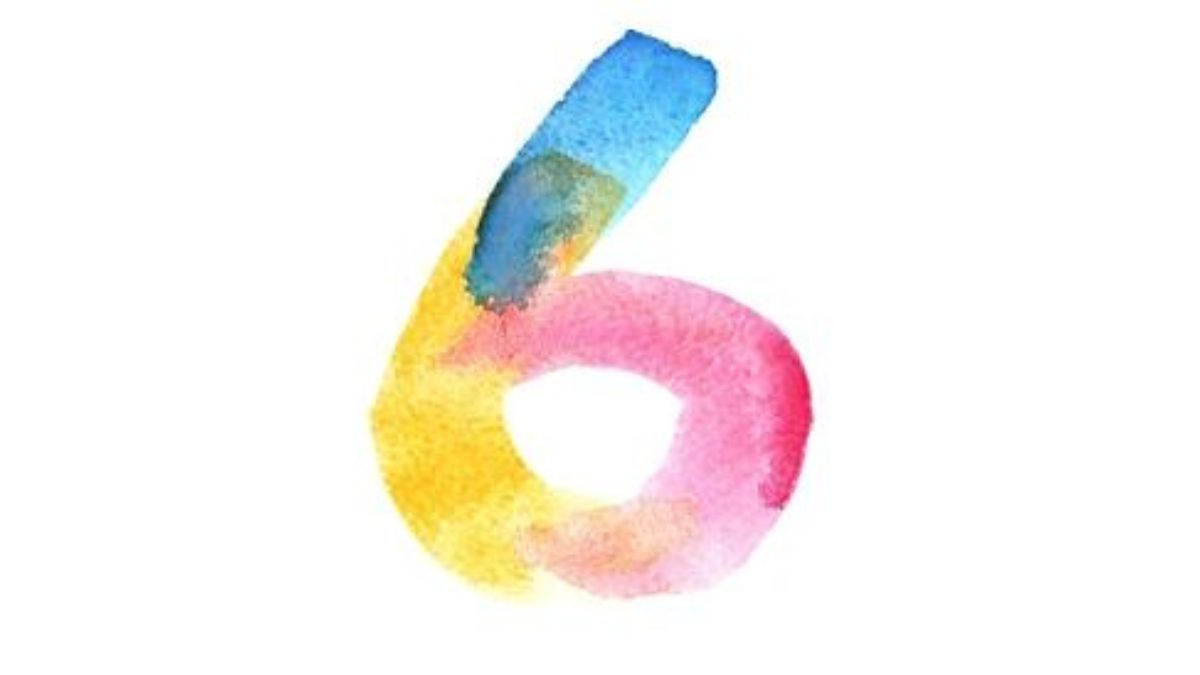Welcome to the enchanting world of Rai Van, a traditional Vietnamese art form that has captivated hearts for generations. As we journey through the evolution of Rai Van in modern times, we discover how contemporary artists are not only preserving its rich heritage but also infusing it with new life and creativity. Join us as we delve into the intricate beauty and timeless allure of Rai Van today!
The Evolution of Rai Van through Modern Times
Rai Van, a traditional Vietnamese art form, has gracefully evolved through modern times. Once confined to its roots in rural villages, Rai Van now finds itself embraced by contemporary artists seeking to breathe new life into this ancient practice.
As the world around us changes rapidly, so does Rai Van. Modern influences have seeped into the once-isolated realm of this art form, pushing boundaries and sparking creativity among today’s artists. The fusion of tradition and innovation has led to a renaissance in Rai Van unlike anything seen before.
With advancements in technology and access to global artistic trends, modern Rai Van artists are experimenting with new techniques and materials while honoring the rich heritage of their ancestors. This blend of old and new creates a captivating tapestry that captivates audiences worldwide.
Through adaptation and reinvention, Rai Van continues to thrive as a dynamic art form that bridges the past with the present.
The Role of Modern Artists in Preserving and Innovating Rai Van
Modern artists play a crucial role in both preserving and innovating the traditional Vietnamese art form of Rai Van. By blending old techniques with contemporary styles, these artists breathe new life into this ancient art, ensuring its relevance in today’s world.
Through their creative vision and experimentation, modern Rai Van artists push the boundaries of tradition while still honoring its roots. They strive to maintain the essence of Rai Van while infusing it with fresh perspectives and interpretations.
By embracing new tools and technologies, such as digital design software and innovative printing methods, modern practitioners are able to explore Rai Van in ways that were previously unimaginable. These advancements allow for greater intricacy and detail in their creations.
Modern artists are instrumental in not only keeping Rai Van alive but also propelling it forward into the future. Their dedication to preserving heritage while simultaneously pushing for innovation ensures that this unique art form continues to captivate audiences worldwide.
Techniques and Tools Used by Modern Rai Van Artists
Modern Rai Van artists employ a variety of techniques and tools to create their intricate and detailed artworks. One common technique is the use of delicate brush strokes to depict landscapes, figures, and traditional motifs with precision. These artists also utilize different types of ink and paper to achieve the desired effect in their pieces.
In addition to brushes, many modern Rai Van artists incorporate other tools such as fine-point pens or markers for more intricate details. They may also experiment with mixing traditional Rai Van techniques with contemporary art methods like collage or digital manipulation for a fresh take on this ancient art form.
Furthermore, some artists explore unconventional materials like recycled paper or fabric to give their works a unique texture and depth. By pushing the boundaries of tradition while still honoring its roots, modern Rai Van artists are able to keep this age-old art form relevant in today’s fast-paced world.
Examples of Contemporary Rai Van Pieces
In the realm of contemporary Rai Van pieces, artists are pushing boundaries and blending traditional techniques with modern influences.
One example is a stunning Rai Van painting that combines intricate brushwork with vibrant colors, depicting a fusion of old and new themes. The juxtaposition creates a captivating visual experience for the audience.
Another contemporary piece showcases Rai Van sculptures crafted using innovative materials and unconventional shapes. These sculptures challenge conventional norms while honoring the essence of Rai Van craftsmanship.
Furthermore, digital art has also made its mark in the world of Rai Van, with artists incorporating technology to create interactive and immersive experiences for viewers. This intersection of tradition and innovation breathes new life into this ancient art form.
Challenges Faced by Modern Rai Van Artists
Creating Rai Van art in today’s fast-paced world comes with its own set of challenges for modern artists. One of the main obstacles faced is striking a balance between preserving the traditional techniques and incorporating contemporary elements. Modern Rai Van artists often find themselves navigating between honoring the roots of this art form while also seeking to innovate and appeal to a modern audience.
Another challenge is the limited resources available for learning and practicing Rai Van. As this traditional art form may not receive as much mainstream attention as other forms of art, finding mentors, workshops, or educational materials can be difficult for aspiring artists. Additionally, with changing societal values and preferences, maintaining interest and relevance in Rai Van among younger generations poses a significant challenge.
Furthermore, there is the constant struggle of commercialization versus authenticity. Modern Rai Van artists often face pressure to create marketable pieces that cater to consumer tastes while staying true to the essence of this ancient art form. This delicate balancing act requires skillful navigation through trends without compromising artistic integrity or cultural significance.
Impact of Modernization on the Future of Rai Van
The impact of modernization on the future of Rai Van is a topic that resonates deeply with both traditionalists and innovators in the art world. As technology advances and societal values shift, Rai Van artists find themselves at a crossroads where they must balance preserving their cultural heritage while embracing contemporary influences.
With globalization opening up new avenues for exposure, modern Rai Van artists have the opportunity to reach broader audiences beyond Vietnam’s borders. This increased visibility brings both challenges and opportunities as artists navigate the fine line between staying true to tradition and adapting to modern tastes.
As younger generations show interest in reviving old art forms like Rai Van, there is hope for its continued relevance in a rapidly changing world. By blending age-old techniques with fresh perspectives, modern artists are breathing new life into this ancient practice, ensuring that it remains vibrant and dynamic for years to come.
However, there are concerns about how commercialization and mass production may dilute the authenticity of Rai Van. Balancing commercial success with artistic integrity is a delicate dance that requires careful consideration from all those involved in preserving this rich cultural legacy.
Conclusion
Conclusion
Rai Van continues to thrive in modern times thanks to the passion and dedication of contemporary artists. By blending tradition with innovation, these artists are keeping this traditional Vietnamese art form alive for future generations. Despite facing challenges such as changing societal values and technological advancements, modern Rai Van artists persevere in their mission to preserve and evolve this unique art form. As we look towards the future, it is evident that Rai Van will continue to adapt and flourish while maintaining its rich cultural heritage.










